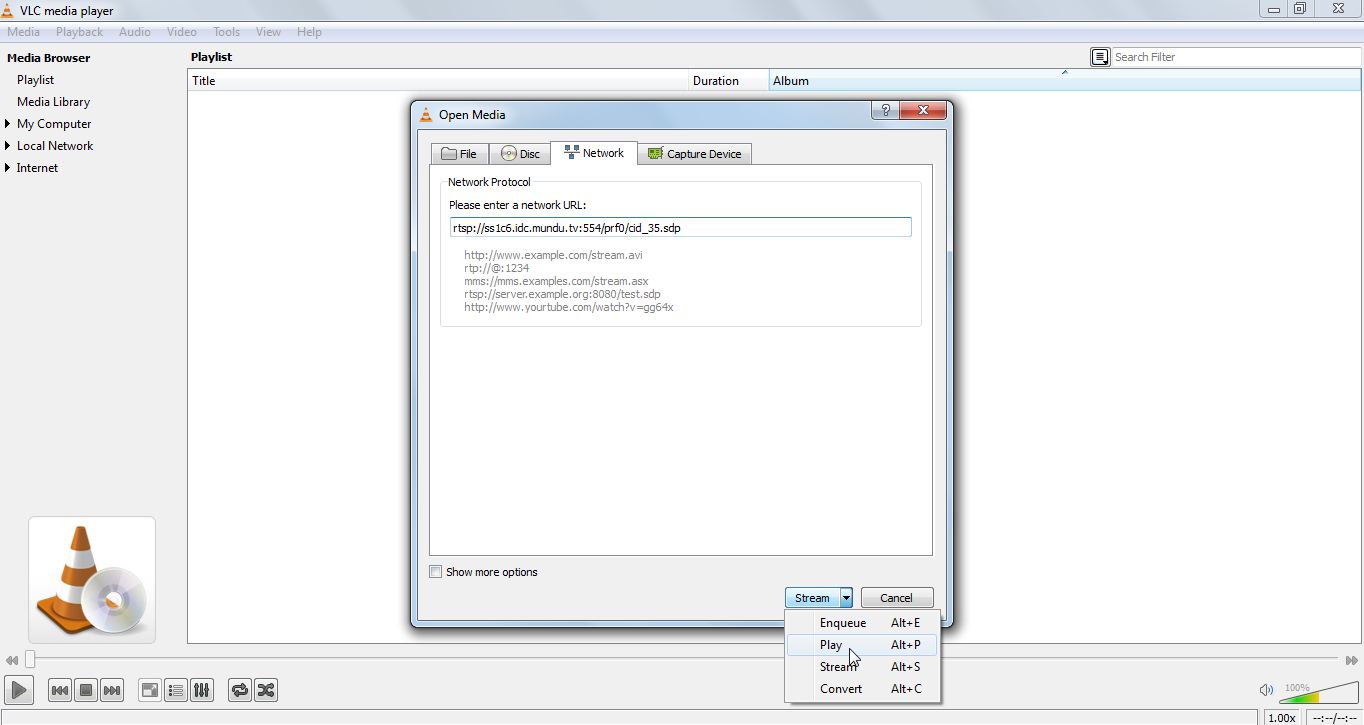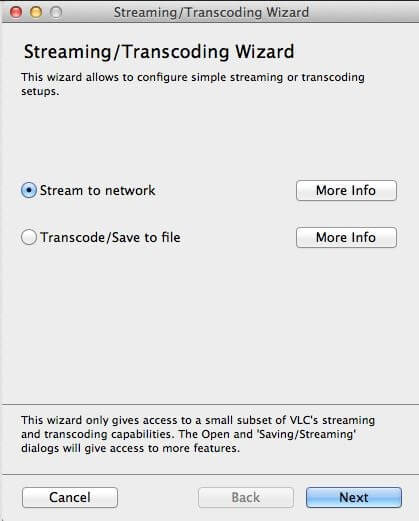


Some of those app are able to scan the local network or a range of local IPs (see below). You know them because you give from command-line/GUI.

Here some paths to try to save resources:Īgain assuming you were able to use the speakers with vlc, maybe you may be able to save the Client 2 instance disabling in the streamer ( Server 1) the audio redirection to the stream and using the speakers from there (start trying with -no-sout-audio). If you specify an option you will force the execution with that option. > BTW vlc was (and still is) used to remember the last preferences modified in the last GUI execution and saved on exit. You understand how it can be "vicious": one time happens, one time no. It is a good practice to specify always the important options, to avoid eventual unwilled interferences from the options saved by a previous execution of the program. no-sout-video for video, -sout-audio -no-sout-audio (default enabled). There are many interesting options in this case, among them for the server -no-sout-display (default enabled), -sout-display default disabled, -sout-video. You can ask the huge one with -H ( -h is not enough, size matters when it is case sensitive :-)). Only the ideas trying to be useful to a wider audience and cover different hardware sets.Īny streamer program will have many options. Path for a less resource requiring solution (Ideas) This is the solution followed from the OP, after solving some problems peculiar to his OS, software, hardware. You can first connect two clients (eventually other two instance of vlc) to this server (to its streaming IP and PORT) and after you can start to play or pausing the streaming.



 0 kommentar(er)
0 kommentar(er)
